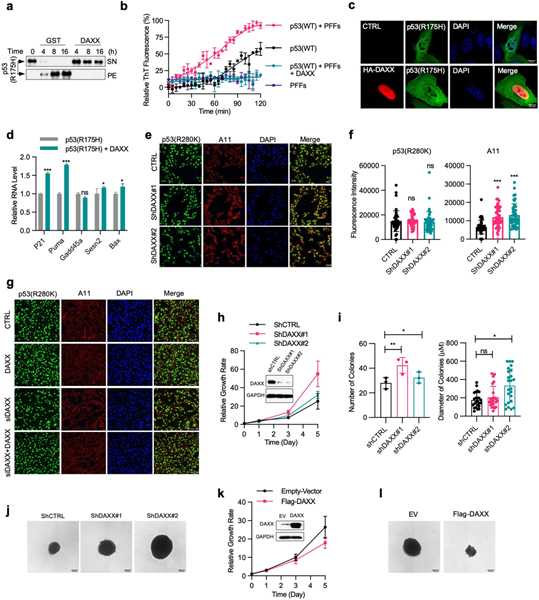Extended Data Fig. 8 |. DAXX restores native conformation and function of mutant p53.
a, DAXX prevents p53(R175H) aggregation. p53(R175H) protein (100 nM) was incubated with GST or Flag–DAXX (200 nM each) at 37 °C for the indicated times. SN and pellet fractions were analysed by western blot. b, DAXX blocks p53(R175H) PFF-induced fibrillization of p53. Wild-type p53 (5 μM) was incubated with or without p53(R175H) PFFs and DAXX as indicated. Fibril formation was assayed by ThT binding. c, DAXX reduces p53(R175H) aggregates in cells. Flag–p53(R175H) was transfected into the U2OS cells together with empty vector (Ctrl) or HA–DAXX. Cells were analysed by immunofluorescence. Scale bar, 10 μm. Part of the images are also shown in Fig. 4i. d, DAXX partially restores the function of mutant p53. H1299 cells inducibly expressing p53(R175H) were transfected with control vector (−) or HA–DAXX. Upon induction of p53 expression by Dox (1 μg ml−1), cells were analysed for the expression of p53 target genes by RT–PCR. e–g, Effect of DAXX on aggregation of endogenous mutant p53. MDA-MB-231 cells were transduced with lentiviral vectors expressing control or DAXX shRNA (e, f), or transfected with control siRNA, DAXX siRNA, and/or an siRNA-resistant form of DAXX (Flag–DAXX) as indicated (g). Cells were immunostained with anti-p53 (DO-1) and anti-fibrillar oligomer (A11) antibodies (e, g) and quantified (f). Scale bar, 50 μm. h-j, Knocking down DAXX enhances growth and tumorigenicity of MDA-MB-231 cells. Control and DAXX-knockdown MDA-MB-231 cells were assayed for adherent proliferation, protein expression (h), and soft-agar colony formation (21 days), with number and sizes of colonies (i) and representative images of colonies (j) shown. k, l, Overexpressing DAXX inhibits growth and tumorigenicity of MDA-MB-231 cells. MDA-MB-231 transduced with pBabe or pBabe-Flag-DAXX were assay for adherent proliferation for 5 days (k) and soft-agar colony formation (21 days), with representative images of colonies shown (l). Assays have been performed two (a) or three (c, e, g) times with similar results. Numerical data are mean ± s.d. (n = 3 for b, d, and 6 for i, h, k) and are representative of three independent experiments. *P < 0.05, **P < 0.01, ***P < 0.001; unpaired Student’s t-test.

